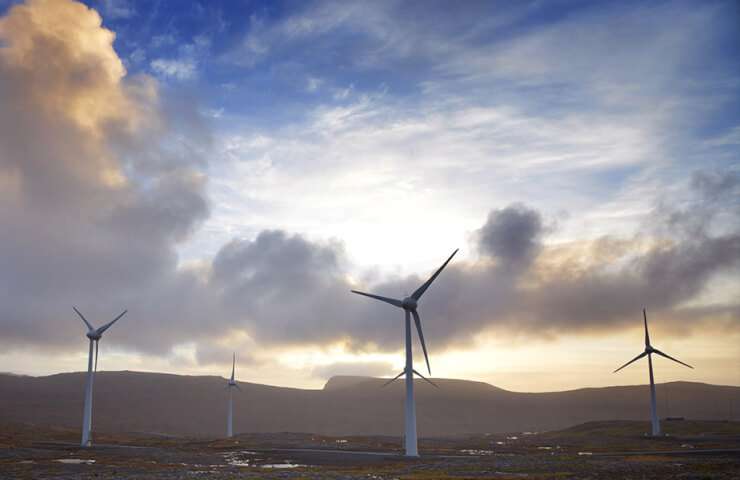Renewable energy technologies are expected to play a key role in the planet's ongoing efforts to limit the effects of climate change. However, whether it is tidal, solar, geothermal or wind power, all these renewable energy sources require a significant amount of steel to produce them.
Steel is critical to the transition to a more sustainable economic model, but as the industry has traditionally been carbon-intensive, steelmakers are looking to reduce the environmental impact of this vital material.
Wind turbine manufacturers and wind farm operators are looking for ways to decarbonize their purchases and help create "cleaner" wind power. Low-emission steel offers a way to significantly reduce a project's carbon footprint, and steelmakers are increasingly integrating renewable energy into their energy mix.
With wind power helping to reduce the amount of fossil fuels used and CO2 emissions per tonne of steel in suitable locations, there is an opportunity to use wind-powered steel to further the transition to renewable energy.
With the transition to renewable energy sources dependent on steel, it is vital to reduce the carbon footprint of the global steel sector.
Wind power future for steel?
In South America, Tenaris plans to invest $190 million to build a wind farm in the Argentinean province of Buenos Aires. The Adolfo González Chávez site is a high wind area that will host 24 turbines producing a total of 509 GWh of electricity per year.
The wind farm is expected to be commissioned in the second half of 2023. The wind farm is slated to supply nearly half of Tenaris' electricity needs for its Siderca plant near Buenos Aires. This will reduce steel production-related CO2 emissions by 152,000 tonnes per year, contributing to Tenaris' plan to reduce CO2 emissions by 30% per tonne of steel by 2030.
Nearly 6,000 miles to the north, in the windswept fields of the American Midwest, lies the Nucor Sedalia Micromill, set to be the first wind-powered steel mill in the US.
The steelmaker has signed a 10-year contract with Evergy that means 55 MW of power from a new $250 million wind farm in Kansas will be allocated to a Nucor plant in neighboring Missouri. Strong wind areas such as this offer opportunities for any energy-intensive industry that wants to achieve ambitious sustainability goals.
In India, steelmaker ArcelorMittal is planning a 'gigascale' wind-solar mix that will provide electricity 24 hours a day. Supported by a pumped storage project that will help mitigate fluctuating wind power generation, the $600 million project will provide continuous power for steel production.
The site is planned to be built in Andhra Pradesh and will power the plant of ArcelorMittal's Indian joint venture with Japanese manufacturer Nippon Steel l. More than 20% of the steel plant's electricity in Hazira, Gujarat, will be provided "around the clock", which will reduce costs and reduce emissions.
As the demand for wind power increases, the steel industry is using it to reduce the carbon footprint of the steel needed to meet that demand. As life-cycle thinking increasingly drives sustainability, steel production must become less carbon-intensive, cheaper and more efficient.





